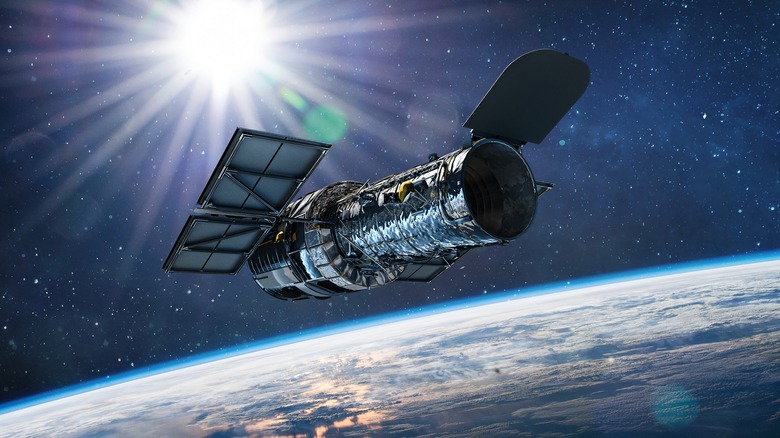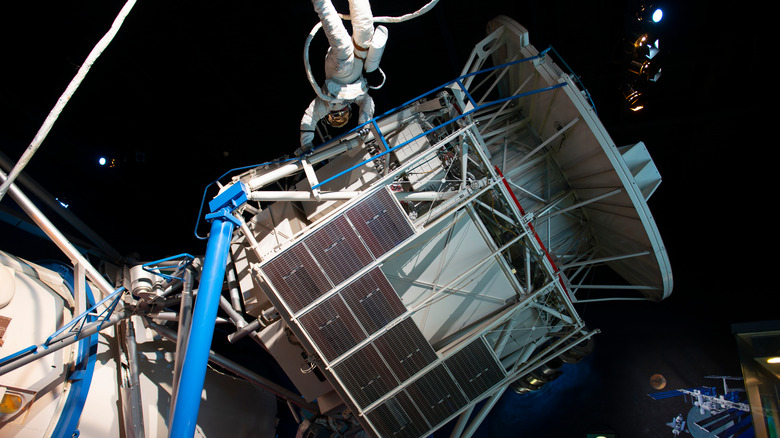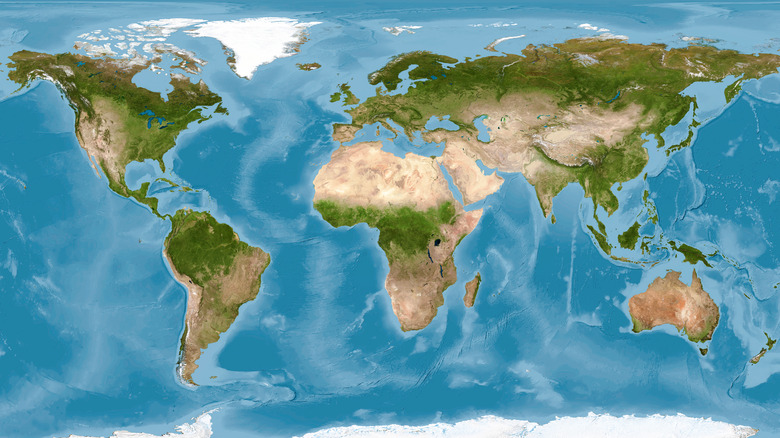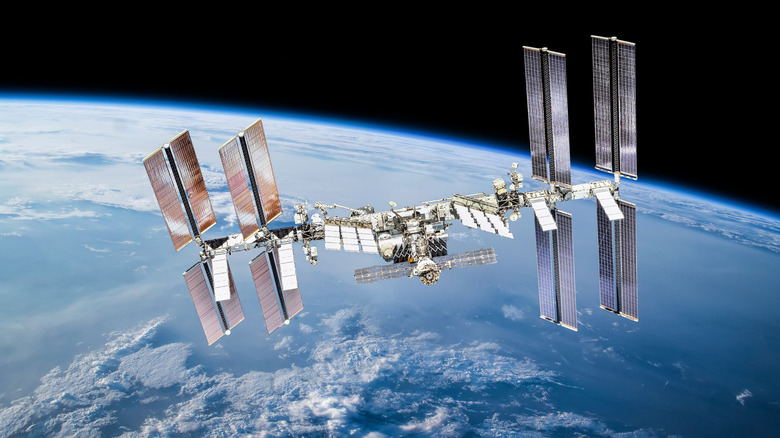Where On Earth Does Space Junk Crash?
NASA defines orbital debris as human-made objects that have been left to orbit in space after they stopped serving a purpose. Basically, the junk that is left behind when spacecraft is abandoned, satellites break, solid rocket motor effluents are pushed out, debris is created by explosions or collisions, and all kinds of tiny pieces (everything from paint to solid rocket fuel) end up orbiting around Earth. According to the Royal Society, we have created over 7,000 tonnes of space junk since the Space Age started in the 1950s. NASA estimates that over 25,000 pieces of space objects that are least 4 inches in size now exist; if you account for things smaller than that, the number climbs to 500,000.
Junk floating around can collide with and damage functioning satellites, which then results in even more debris. According to the Royal Society, the amount of debris floating around is significant enough that the International Space Station (ISS) has to keep an eye out for it and move out of the way to avoid collisions.
Debris located at very high altitudes will likely just circle the planet for thousands of years and doesn't pose any danger to us humans down here. This is the case of satellites, which according to the U.K.'s National History Museum are located as high up as 22,000 miles above Earth. This orbiting junk still poses a risk to space exploration efforts and could potentially damage or destroy future missions.
Risks closer to Earth
The closer debris is to Earth, the higher the chances it might one day fall to Earth. NASA estimates that space junk located within about 370 miles above Earth will likely fall after a few years. Luckily for us, most debris will burn and disintegrate as it enters the Earth's atmosphere. But what happens to larger pieces of space junk that make it through? Some 71% of our planet is covered by ocean, so chances are pretty good anything making it into our atmosphere will end up in the water (per National Geographic).
This isn't always the case, though. In 1977, the space station SkyLab fell over Australia, sending small metal fragments flying all over the town of Esperance. The town actually fined NASA for littering after (per The Conversation). In 1978, the Soviet reconnaissance satellite Cosmos 954 broke up over Canada, spreading radioactive material over several provinces. Two other nuclear-powered Soviet satellites have crashed back into Earth, but fell in the ocean instead of on land (via Amusing Planet).
The most recent space debris to fall to Earth consisted of parts of a Chinese Long March 5B rocket, used to launch a space station. It happened in July 2022, when the large fragments entered over Southeast Asia and crashed into the Sulu Sea near the Philippines (as reported on Space News). Although none of these incidents have caused injury to human beings so far, there's no guarantee that the debris won't fall on a town and cause damage or hurt residents at some point in the future.
Enter the spacecraft cemetery
Since 1971, space programs around the world have been working on organized controlled entries for their debris. Instead of letting space junk float around for years and then fall one day in a random place, there's a conscious effort to make sure it falls in a specific place, at a specific time (via Gizmodo). The specific place is unofficially known as Point Nemo, as an homage to Jules Verne's Captain Nemo, who explored the mysterious faraway corners of the underwater world in "Twenty Thousand Leagues Under the Sea."
Point Nemo, also known as the Oceanic Pole of Inaccessibility and located between New Zealand and Chile, is the point in the ocean that's farthest from any land — about 1,670 miles in any direction to the closest islands and any human population (via National Ocean Service). Dropping space junk here is perhaps not more "ethical" or environmental-friendly than abandoning it up in space, but it's definitely safer. The larger parts of any spacecraft falling to Earth will burn, break and shatter as they enter the planet's atmosphere, so by the time fragments crash around Point Nemo, they will be much smaller and will disperse over a significant area, according to Gizmodo.
The world's most remote spot is now the final resting place for Russian resupply ships, Japanese cargo vehicles, transfer vehicles, and other high-tech remains. Even the Russian Mir space station was directed to crash there in 2001, CNN reports.
The world's most famous spacecraft will rest here too
In January 2031, the International Space Station (ISS) will be crashed into Point Nemo. The station has been in orbit since the year 2000 and will be decommissioned at the end of the year 2030, after hosting astronauts from 19 different countries over three decades. This will be the last space station of its kind to ever orbit Earth, as NASA will allow commercially operated space platforms to take over space research in the future (as reported via CNN).
The process to crash the ISS at Point Nemo will start several years earlier, as astronauts start maneuvering the space station into place, lowering its altitude based on solar cycle activity. As the date approaches, NASA will also inform transportation and flight operators in Chile, Tahiti and New Zealand of the planned crash, so they can stay away from the area during the crash (per CNN).
While Point Nemo is an exact spot in the middle of the ocean, anything that crashes down here will end up as debris over a large area around it. So when the International Space Station enters the atmosphere and breaks apart, Point Nemo is the safest place for it to land; even as fragments spread over a large area, they will stay away from any popular area. The debris will sink deep, too. Point Nemo is right near the abyssal zone, about 2.5 miles down, where few animals live (per Gizmodo).



